E3 is Dead, Long Live E3
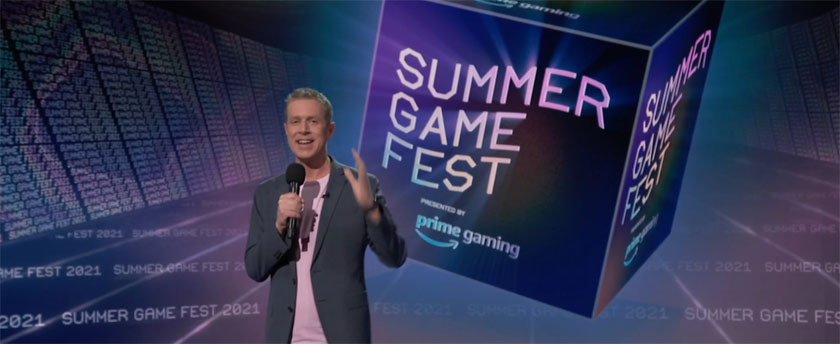
I am not reacting to the recently reiterated promise by the ESA that E3 shall resume in 2023. I am sure they will be holding an event that bears the name of E3 while Geoff Keighley and so many other companies continue to do their own thing. Last year, I spent many words lamenting the current state of E3, what it has evolved into, and what it has failed to evolve into. I also concluded that it was the Internet that had driven it to change both for better and for worse.
Despite knowing that Keighley’s Summer Game Fest was still going to occur this year and many other presentations would be happening, I had failed to muster the same type of excitement I had last May. Now that we’re approaching, there’s some degree of hype and anticipation. On the whole, however, I’m not really expecting much.
I couldn’t really put my hand on why until YouTube had suddenly recommended me this look back at E3’s 2004 showfloor. I was specifically seeking out one of Valve’s Half-Life 2 presentations when it popped up, and it led me to reliving the highlights of the 2004 press conferences of Sony, Microsoft, and Nintendo. I was suddenly back in my College dorm room, just a couple weeks out from summer break, watching low-resolution videos and clips from the conferences over and over again in excitement.
We’ve theoretically come a long way since the early 2000’s in terms of video streaming and access to information. In fact, if you look at the Summer Game Fest schedule, we’ve never had such access to so many streams and presentations at once. There’s bound to be announcement after announcement after announcement, a veritable media blitz for the gaming consumer to drown in.
So why is it that I long for the days of low-resolution video and requiring three or four separate media players in order to watch a two minute clip that took thirty minutes to download?
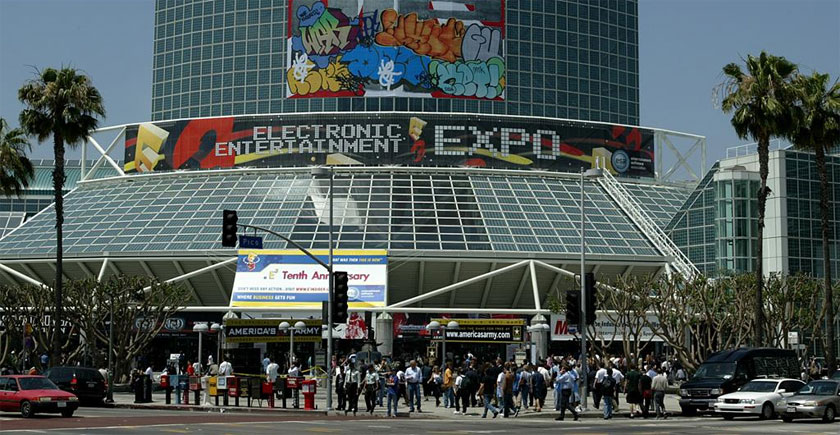
The first reason is simple: too much of a good thing. Despite several years of taking off from work for E3 and its myriad conferences, I’d never felt the sheer exhaustion I had experienced last year from following every smaller publisher or publication’s event, primarily focused on indie-level game darlings that had all begun to blur together. So many games with the very same pixel-art styles inspired by the same handful of childhood favorites or modern classics, embodying a new form of trend-chasing wholly separate from that of the AAA publishers. If the intent is to try and give indie games more of a chance and platform, then the sheer quantity of events doing the same thing within such a short span of time is not the way to go about it.
This, I think, is a problem. In the wake of Sony and other large publishers taking their games and going elsewhere, we’ve had a vacuum instead flooded by games of a limited budget relying on the same rogue-like and simple pixel models in order to cheaply generate a game with dozens of hours of content. Ironically, the best way to stand out is to have far more polished art and gameplay developed by comparatively larger teams. We’ve managed to not only fail to help indie games stand out, but also create the same quality discrepancy that already exists when comparing indies to their AAA counter-parts. Any title developed by Supergiant Games, creators of Hades, Bastion, Transistor, and Pyre, is going to overshadow anything by a smaller, two- or three-person team working part-time.
Indies, however, aren’t why the E3 of the past is dead. It’s just a symptom of the times. Indie games have arisen due to the ease of access to tools and knowledge, widespread broadband Internet, rise of digital distribution, and increase in information outlets. It is only natural that those same reasons for indies to have arisen is also why so many more publishers or outlets are able to put together shows of their own. You no longer need to rent physical space in high demand, competing with the deep coffers of larger publishers that are guaranteed a hefty chunk of showfloor before you’re even able to see what’s available. No floor space necessary when you can just stream it all!
That limit in floor space was, perhaps, a necessary limiter on the event. One of the reasons old E3 was exciting was certainly the vast quantity of news on a huge number of titles, but there were only so many titles you’d have to dig up and learn about.
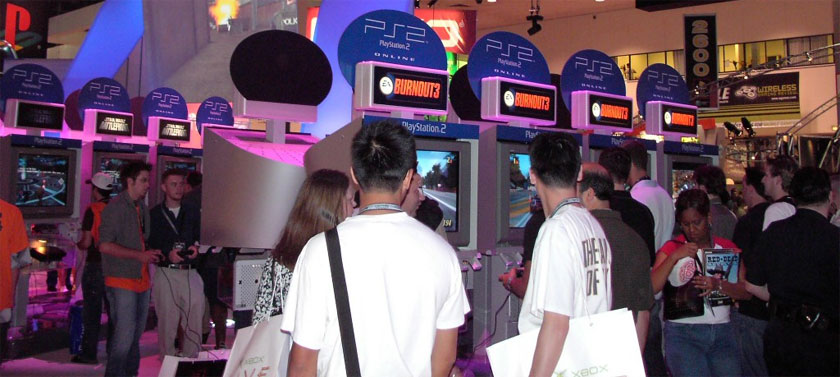
Pragmatically speaking, and also commonly known at this point, E3 began as a trade show targeting retailers, investors, and media reporting on the latest trends and products. It wasn’t designed for consumers primarily, and I think that might have honestly been to the benefit of the old shows. When Reggie Fils-Aime takes the stage for the first time in 2004, he’s taking shots at both Sony and Microsoft in a way that investors and retailers will understand. To a consumer it might sound like console war marketing, but when you’re perceiving these presentations as opportunities to earn, then it’s a somewhat different story.
That competition meant it was a great way to get a handle on each company’s strategy going forward. In 2004 Microsoft was showcasing their prototype concepts for expanding Xbox Live, online communication, and downloadable content. Very little of it resembled the reality of Xbox Live’s evolution on the Xbox 360, but it was still exciting to see what Microsoft was working on.
Compare that to today, where Sony announced their PlayStation VR2 on their own blog and their latest State of Play has failed to even provide a release window, let alone a date. The greatest sense we have of what Sony is working towards comes from an Investor call a few weeks ago. Even the Nintendo Switch was revealed out-of-season, beginning with a trailer in the Fall of 2016 before receiving a live, isolated presentation in January of 2017, one month before the console was to launch.
These isolated moments can still be exciting moments, but it was the combination of them together that made E3 feel like a proper festival or holiday. Sitting down and watching all three press conferences from 2004, it left me with the impression that it was an incredible year to be a gamer. Sony cut the cost of the PlayStation 2 in half and were showing off Killzone, Gran Turismo 4, Metal Gear Solid 3: Snake Eater, God of War, Jak 3, Sly 2, and Ratchet & Clank: Up Your Arsenal. They showcased their PlayStation Portable and its release schedule, and revealed their Cell Architecture, the core technology that would define the PlayStation 3 system. Microsoft followed this up with the release date reveal of Halo 2, Dead or Alive: Ultimate, Doom 3 (a game no one would have believed at the time could hope to run on a console), Jade Empire, and the announcement of a brand new racing IP, Forza Motorsport. This was all following their reveal of face-cam focused voice chat with friends over Xbox Live and “upcoming” downloadable arcade games (that would fail to manifest until their next gaming console). Nintendo would then close out the conferences with a showcase of Metroid Prime 2: Echoes, StarFox Assault, Resident Evil 4, and a concluding reveal of The Legend of Zelda: Twilight Princess. These announcements bookended their handheld strategy, where they provided updates on the GameBoy Advance’s sales (which exceeded the PlayStation 2’s within a set timeframe) and revealed their upcoming Nintendo DS, taking more than a few jabs at Sony’s freshman attempt to enter the market.
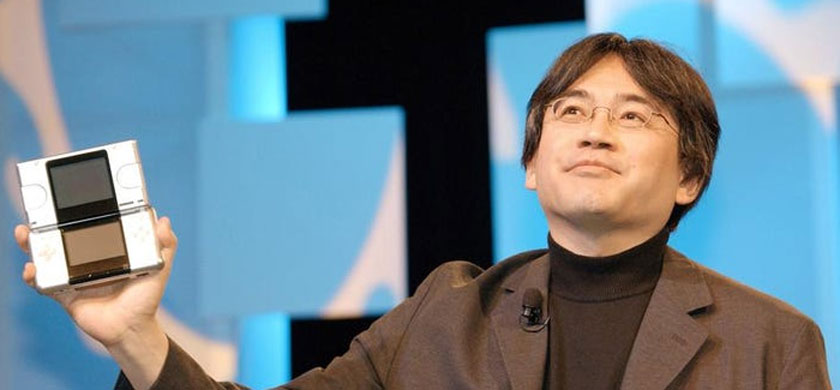
You cannot look at that list of titles and claim it’s lacking in big hitters. More notably, it was also filled with a series of titles exclusive to those platforms. There were other highlight reel games as well, such as Baten Kaitos, Tales of Symphonia, and Paper Mario and the Thousand Year Door on GameCube, or Sudeki and Star Wars: Republic Commando on Xbox, but in the end you got a sense that each platform had a unique identity not just in its appearance or operating system, but in the games it was advertising.
This, I think, was also important to the time. Which console(s) you owned spoke to what your interests were as a gamer. There were always plenty of multi-platform titles, but what platform you owned had an implication regarding the types of games you preferred. It also meant a lot to see a company like Capcom choose to release a title like Resident Evil 4, a franchise that had gained its notoriety on the PlayStation, on Nintendo’s GameCube instead.
Now, however, any lone third party is going to be multi-platform anyway, and platform exclusivity is perceived as anti-consumer. I can’t say I fully disagree, as the idea of having to purchase a PlayStation 5 to play Final Fantasy XVI is not an enticing one to me as an individual. Yet there was a sense of real competition between the companies, and E3 gave the audience the opportunity to bear witness and evaluate things on their own.
Perhaps it is E3 2005 that everything began to go downhill. That was the reveal of the completely artificial Killzone 2 trailer, coinciding with Square Enix’s high-resolution rendition of the Final Fantasy VII opening cinematic that would conjure theories and demands for a remake. A year later Sony would embarrass themselves with their PlayStation 3 conference featuring the Ridge Racer meme, giant enemy crabs, and five-hundred and ninety-nine US dollars. In time we’d see Microsoft embarrass themselves with an incomplete Kinect reveal and Nintendo’s Wii Music presentation would be one of the most awkward displays put on by Shigeru Miyamoto and company. This is nothing to say of celebrity guest hosts for Ubisoft that were clearly not sober of mind or Konami’s cramped room filled with unenthused press struggling to listen past their developer’s thick Japanese accents. Companies understandably got sick of facing the wrong kind of buzz from their expensive presentations.
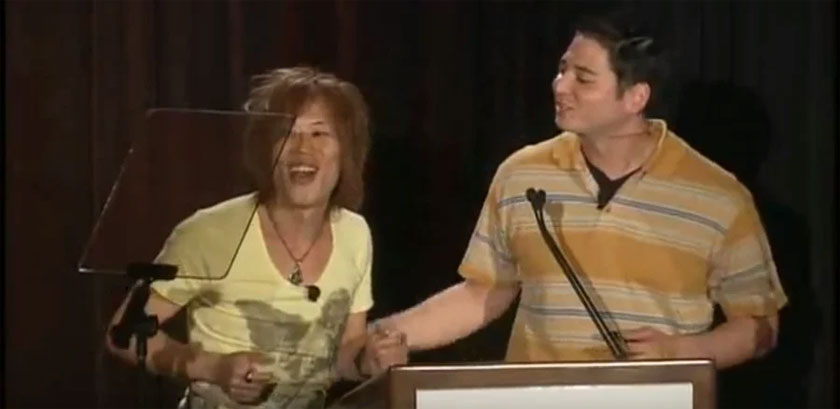
God bless ‘em but these poor developers were trying…
I’d say the wrong lesson was learned, choosing to remove the possibility of being an embarrassment altogether rather than correct their presentation style. From a pragmatic business perspective, however, they made the right move. This is why the E3 of old is truly dead: because it makes no sense to share the Internet’s attention with your competitor, and it makes no sense to spend so much money to put on a show that could end in disaster. In 2004, people were not done reading Nintendo Power or Game Informer magazines yet. It was still the best place to have all of the media, retailers, and investors come, look at what you’re doing, take notes, and then report on those products throughout the year. Everyone would get a fair shake over the coming months to have their items seen, and any embarrassing displays during press conferences could be swept under the rug. By 2014, however, Twitch and YouTube were alive and well and any one company could release a trailer or presentation at any time, anywhere.
Geoff Keighly is trying to muster the same excitement we all had back in 2004 for an event like E3, but it’s not going to work. It well and truly has become the sensory overload that the old show had always been accused of. You just swap out the booth babes and neon lights for pixel-art rogue-likes. The biggest hitters have little incentive to partake. Nintendo and Sony are too busy doing their own thing rather than sharing the spotlight. No corporation wants to stand up and discuss strategy to a live chat demanding impossible games or niche products only they, the handful, desire.
What made E3 work so well was its position as an industry-first event. Yes, it was always a consumer industry, but E3 was not designed to please the consumer. It was meant to generate excitement among the games press, the retailers, and the investors so they could then communicate that excitement to the customers. Now that we’ve cut out the middle man, it’s all raw marketing and no strategy. It’s several hours of hypnosis and trailers without a real chance to breathe.
I know this likely sounds silly, but it truly can be difficult to quantify why E3 once felt like a celebratory holiday. Part of it is just what the games industry was producing. Looking back on 2004, it feels like the last stretch of real polish and creativity from the AAA industry. All those good developers and brands would either become usurped with the rise of the Xbox 360 or steadily decline.
Part of it, however, is simply the manner in which the Internet changed everything. Nevertheless, while I fail to go into this Summer Game Fest with nearly the excitement as I had last year, I can also take solace that I still managed to rewatch trailers for Elden Ring and Metroid: Dread, just as I had repeatedly rewatched the trailers and demonstrations for The Legend of Zelda: Twilight Princess and Halo 2. Even if I’m not as excited, it’s not like there’s literally nothing to be excited about.


